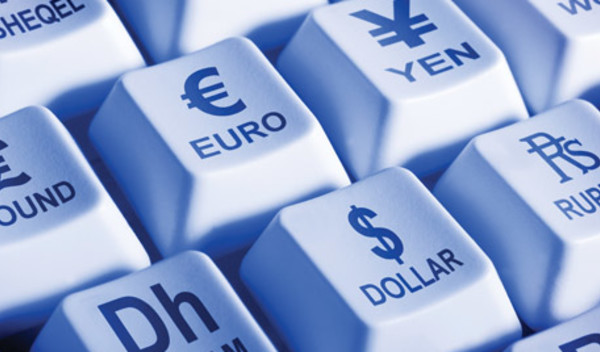

The US Federal Reserve has announced an increase in interest rates which could dampen markets, but watchers have warned the bigger threat is the country's rising protectionism.
The US central bank last night increased interest rates by 0.25 per cent to 1.75 per cent.
The governor of the Federal Reserve Jay Powell was positive on the outlook for the US economy in his press conference accompanying the results.
Neil Williams, senior economic adviser at Hermes, said the pace of economic growth and low level of unemployment imply that higher interest rates are justified.
Higher interest rates can be bad news for economic growth and stock markets because the higher debt costs reduce the level of spending in the economy.
But Mr Williams said protectionism, as exemplified by the US tariffs on steel is much the greater threat to economic growth.
He said: “2018 could be a ‘year of two halves’. The initial stimulus from Mr Trump’s proposed fiscal expansion could gradually become muted by threats of protectionism.
"Should protectionist forces build, inflation will reappear, but it will be the ‘wrong sort’. Central banks will 'turn a blind eye', so the inflationary flame may snuff itself out. The disinflationary return to the US could be larger than anticipated.”
This he said would be the “wrong sort” of inflation, as it would be caused by imput costs rising, as steel used by manufacturers becomes more expensive and they pass the higher costs onto consumers. This is as opposed to “good inflation” which is the result of demand for goods and services rising at a faster pace than the supply of goods and services."
Mr Williams' point is that if the cost of goods and services are rising, this creates inflation, while the higher interest rates reduce demand, which hampers economic growth.
This scenario of rising inflation and falling economic growth is known as “stagflation”.
Mr Williams believes fear of this happening will mean the Federal Reserve will choose to move more slowly on rate rises than the market currently expects.
Kully Samra, UK managing director at Charles Schwab, said: “Mr Powell is keen to continue the gradual path of rate normalisation and this latest hike suggests he is not overly concerned with the recent stock volatility, despite the fact that markets remain skittish about a possible trade war.
“While rate hikes pose a risk to growth, as long as overall financial conditions continue to remain favourable, stocks may advance.”
Nancy Curtin, chief investment officer at Close Brothers Asset Management said: “It was a fairly straightforward decision for Powell to take action and raise interest rates.
"The US economy seems to be in somewhat of a sweet spot, with a synchronised global economy, a weaker dollar, fiscal expansion and the prospect of increased business investment all supportive of growth. Wholesale tax reform should filter through more strongly into the economic data ahead, providing increased growth momentum.
"At the same time, inflation is showing signs of getting close to the Fed’s goal, and spare capacity in the labour market is declining.”
David.Thorpe@ft.com




